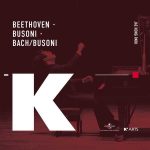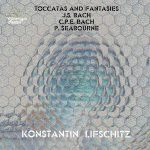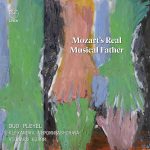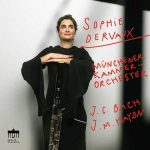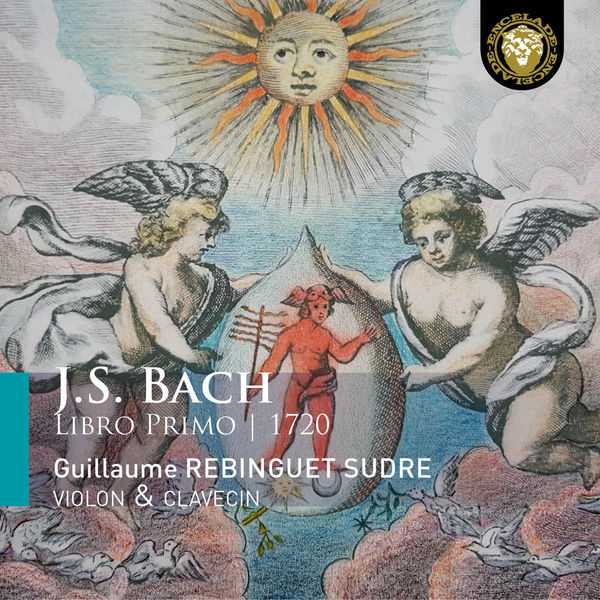

Composer: Johann Sebastian Bach
Performer: Guillaume Rebinguet Sudre
Number of Discs: 2
Format: FLAC (tracks)
Label: L’Encelade
Release: 2022
Size: 3.04 GB
Recovery: +3%
Scan: yes
CD 01
01. Adagio per il Cembalo Solo, BWV 968
Sonata Prima à Violino Solo senza Basso, BWV 1001
02. I. Adagio
03. II. Fuga Allegro
04. III. Siciliana
05. IV. Presto
Partia Prima à Violino Solo senza Basso, BWV1002
06. I. Allemanda & Double
07. II. Corrente & Double
08. III. Sarabande & Double
09. IV. Tempo di Borea & Double
Sonata per il Cembalo Solo, BWV964
10. I. Adagio
11. II. Thema Allegro
12. III. Andante
13. IV. Allegro
CD 02
01. Praeludium, BWV539
Partia Seconda à Violino Solo senza Basso, BWV1004
02. I. Allemanda
03. II. Corrente
04. III. Sarabanda
05. IV. Giga
06. V. Ciaccona
Sonata Terza à Violino Solo senza Basso, BWV1005
07. I. Adagio
08. II. Fuga
09. III. Largo
10. IV. Allegro assai
Partia Terza à Violino Solo senza Basso, BWV1006
11. I. Preludio
12. II. Loure
13. III. Gavotte en Rondeaux
14. IV. Menuet 1ère & Menuet 2nde
15. V. Bourée
16. VI. Gigue
17. Sei Lob und Preis mit Ehren, BWV29
Bach’s Libro Primo alternates between Sonatas and Partitas, all designed to complement one another and laid out in a precise order, Guillaume Rebinguet Sudre sets out to reinterpret the Cantor’s musical language in a fresh way by tackling these pieces in mirrored form in his search for their creator’s original idea.
«It is important to me to ask the listener to approach this recording as a unified whole in which the pieces have been carefully sequenced. The performance choices and variations in tempo are actually designed so that they run together smoothly and, rather like a necklace, the placing of each piece plays a part in bringing out the overall design. This recording sets out to take a spontaneous musical approach, so that it feels rather like a concert. I have attempted to approach this collection as sincerely and as simply as possible, trying to put myself into the shoes of an 18th century musician exploring it for the first time. As this was common practice at the time, I have chosen to perform a number of ornamentations, imitating Bach’s musical style.
The instrument is the medium which allows the musician to express even the subtlest of emotions, so it was absolutely vital to choose ones that were aesthetically right for such a major project. The three used on this recording are all totally consistent with the kind of sound aesthetic that would have been familiar to Bach in 1720, and there are even some similarities between them, such as an instantly identifiable voice, a timbre that makes the most of the fifth harmonics and a well-temperament tuning.
The violin was made by Christian Rault in 2015 and is a copy of an instrument made by Jacob Stainer in 1669, which is itself currently kept at the Musée de la Musique in Paris. I built the harpsichord myself in 2015 and it is modelled on three instruments attributed to the German harpsichord maker Michael Mietke two of which are currently kept in Berlin with the other in Hudiksvall in Sweden. The historic organ made by Andreas Silbermann in Strasbourg in 1718 was restored to working order by the Manufacture Blumenroeder in 2015. Now installed in the church of Sainte-Aurélie, the instrument has a noticeably strong Germanic influence and is pitched high, at 465 Hz».
